This is a research and development initiative project that focuses on designing a modular book cradle that can be fabricated in-house. The design accommodates books of varying dimensions, eliminating the need for engaging external vendors for custom stands, thereby reducing labor costs and material waste.
Purpose of Project
This project aims to address a longstanding challenge in the fields of museum curation, exhibition design, and display solutions. One of the recurring issues involves the replacement of book displays with new collections, each requiring custom-made stands due to the unique dimensions of individual books. The frequent redesign and fabrication of book cradles result in material waste, labor inefficiencies, and increased costs.
Current Approach
The standard approach involves measuring book dimensions and commissioning vendors to create custom laser-cut acrylic stands. However, this process has several issues, such as delays in receiving quotes, which can hinder urgent requests. Furthermore, if a new design is required quickly, vendors may be unable to accommodate the request, resulting in delays, limited flexibility, and inefficiencies in meeting changing exhibition needs.
Proposed Solution
This project proposes a solution to address the challenges of custom book stands by integrating 3D printing and in-house fabrication. Modular cradle components will be 3D printed to ensure flexibility and scalability, while custom acrylic holders for varying book dimensions will be produced in-house using laser cutting. This approach minimises reliance on external suppliers, reduces waste, lowers costs, and streamlines production.
Project Requirements
The project involves designing a modular and adjustable book cradle that can accommodate various book sizes through interchangeable components. It must allow easy adjustment to an optimal viewing angle and be user-friendly for individuals with minimal training. The design should also be suitable for in-house development, considering available resources and manufacturing capabilities.
Project Scope
The project will follow four development phases, each producing a prototype. The fourth and final phase will result in the completed design, which will incorporate acrylic book holders. Upon project completion, a comprehensive archive will be created, detailing the required hardware, assembly steps, and a photo documentation of the final product along with all preceding prototypes.
Team Members
Bao Songyu
Ezekiel Wong
Muhammad Syahid Mustapa
Project Budget
S$4700
Workflow for Production and Collaboration
Previously dependent on external vendors, this book cradle development introduces an in-house workflow to streamline processes, cut costs, and reduce lead times. Eliminating vendor delays enables rapid prototyping, easier customisation, and faster design turnaround. This approach, however, requires closer collaboration between designers, engineers, and production staff, supporting a consistent and efficient production pace, enhancing overall flexibility and responsiveness.
Hardware Standardisation
The design uses widely available standard hardware, simplifying procurement and ensuring easy access to replacement parts, which minimises downtime. By removing the need for custom fabrication or specialised orders, the process becomes more efficient and cost-effective. Standardisation also reduces storage requirements and supports a scalable, streamlined workflow with minimal reliance on external suppliers, aligning with the goal of operational efficiency.
Material Selection
The book stand is made from PETG, selected for its strength, clean printing, and suitability for in-house 3D printers. Unlike ABS, it emits no fumes during printing, ensuring a safer process. PETG also outperforms PLA in durability, making it ideal for this application. In-house production allows same-day turnaround and quick design adjustments, reducing reliance on external vendors and improving flexibility, efficiency, and responsiveness.

01
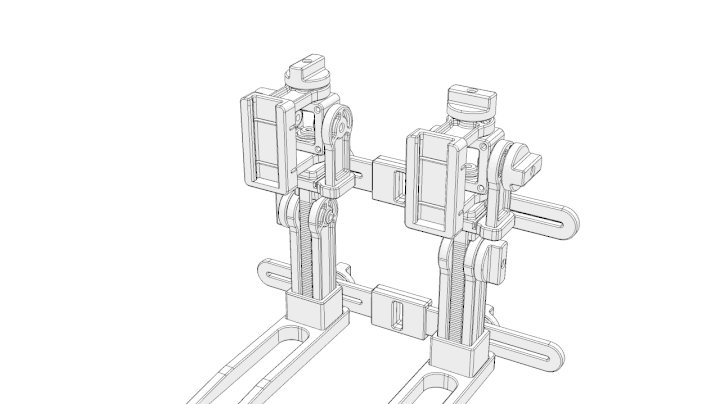
Tightening & Loosening Knob
The knobs tighten when turned clockwise and loosen when turned counterclockwise. Additionally, all knobs are identical in size and function uniformly across the design, ensuring users can interact with them consistently.
02
 Swivel Mechanism One
Swivel Mechanism One
This swivel mechanism controls the tilt of the book, enabling users to adjust its angle for a more comfortable reading position. By modifying the tilt, users can also minimize glare, improve visibility, and achieve the most ergonomic viewing angle.
03
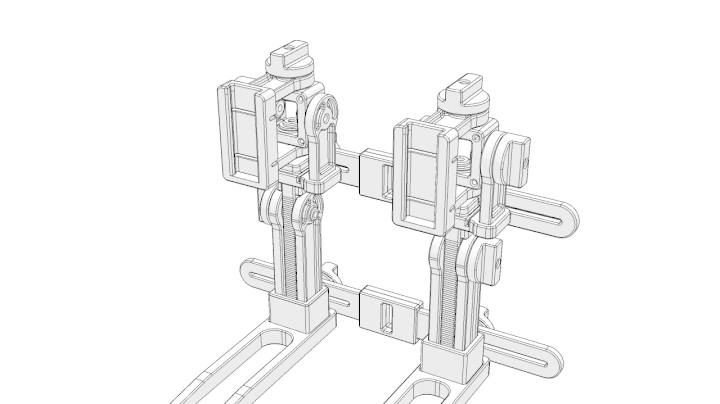 Swivel Mechanism Two
Swivel Mechanism Two
This axis controls the angle at which the books are held, allowing users to adjust the position for optimal visibility and comfort. By adjusting this axis, users can set the book at the most convenient angle for reading or viewing.
04
 Variable Height Mechanism
Variable Height Mechanism
This swivel mechanism controls the height at which the bookstand can be raised, allowing for easy customization to suit the user’s preference. To adjust the height, users simply need to loosen and tighten the knobs located beside the mechanism, ensuring a secure and stable position to a desired height.
05
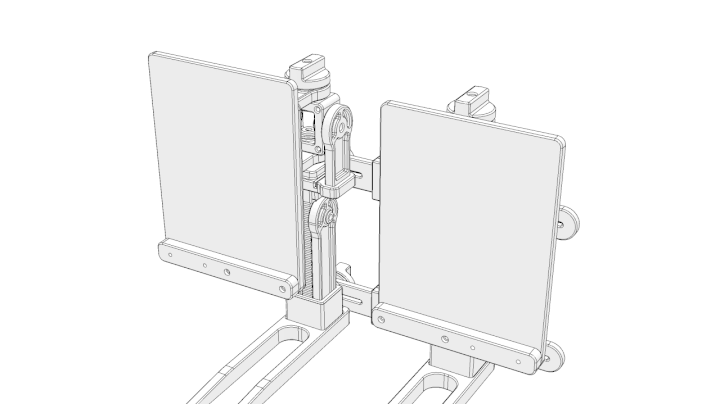
Book Cradle And Attachment
This cradle is adjustable to fit various book sizes, ranging from B4 to A3. The attachments are made of acrylic, and users can customize the acrylic to suit their preferred size.
06

Variable Width Sliders
This mechanism can be adjusted to accommodate different book sizes, allowing users to customize the position for optimal support and stability. The adjustment ensures that the bookstand can securely hold books of various dimensions.
Materials
3D Printed ABS
Stainless Steel Hardware
Nylon Ball Bearings
Dimensions
273mm (Width)
395mm (Length)
295mm (Height)
Development Time
3 weeks
Design Goal
This initial iteration focuses on ensuring functionality before refining material, size, and design optimization. ABS has been used for all 3D printed components to reduce infill and minimize waste.
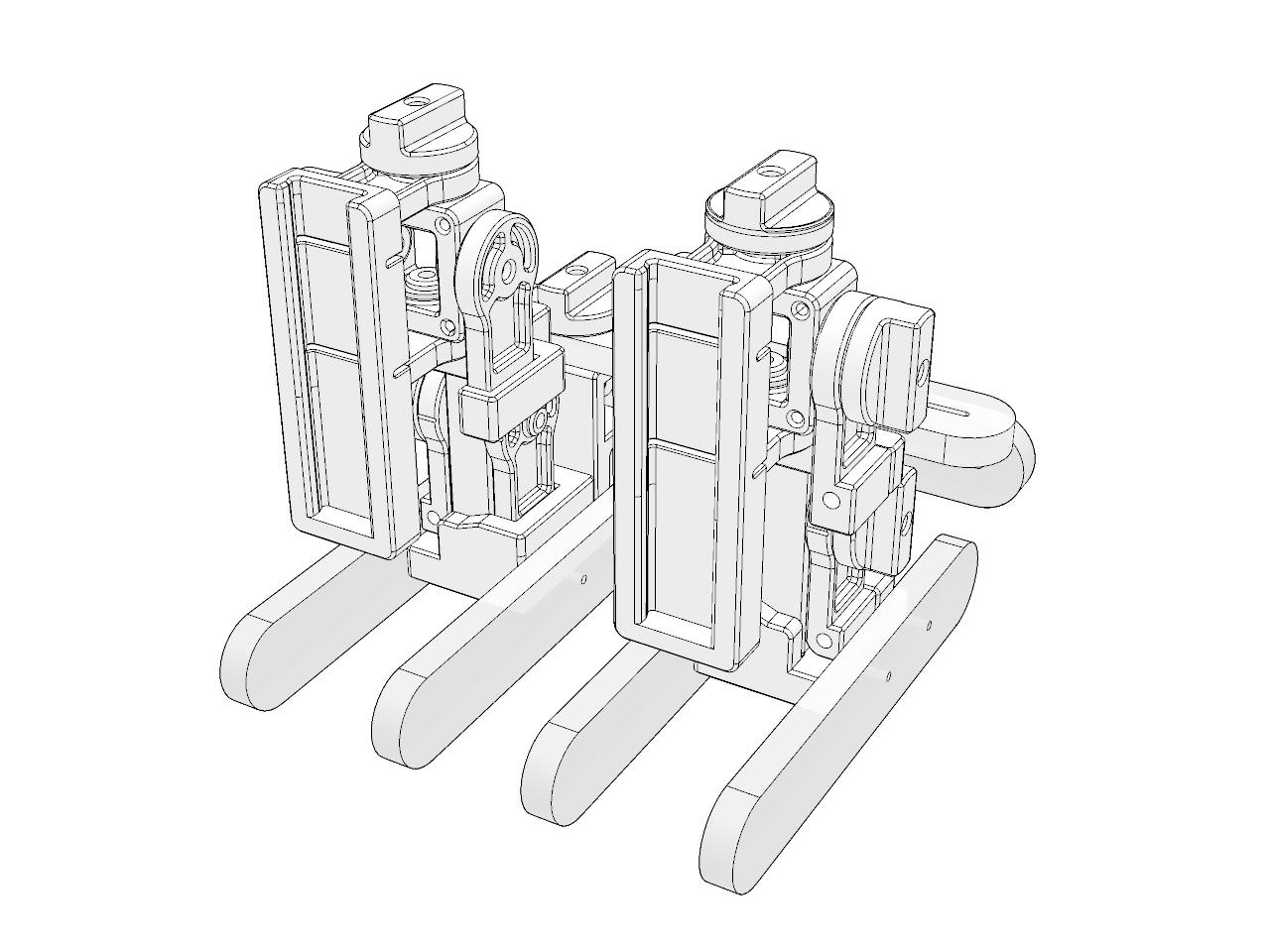
01
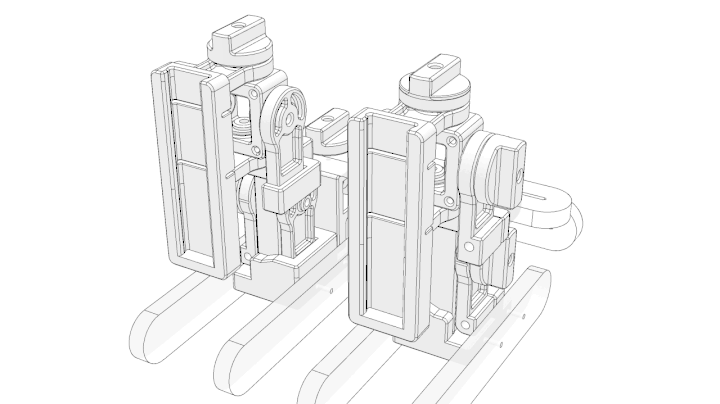
Swivel Mechanism One
The feedback regarding this mechanism highlights that it is perceived as too bulky. The goal is to reduce the size of the mechanism, ensuring it retains its functionality while minimizing its volumetric footprint.
02
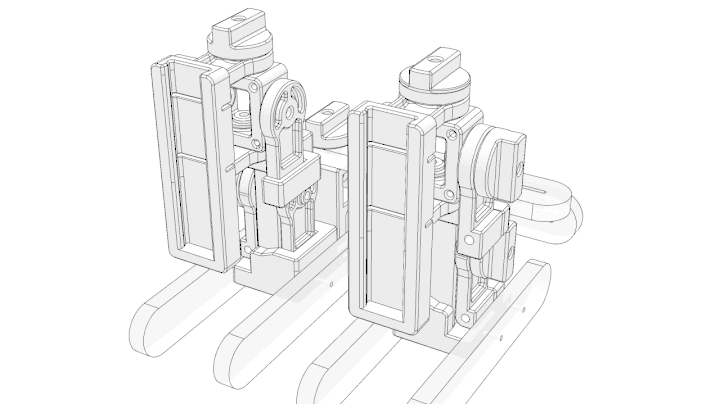
Tightening & Loosening Knob
The feedback regarding this feature indicates that while it is functional, its bulkiness is a concern. This added bulk extends to other components as well. A potential improvement would be to replace the current knob with a bolt mechanism that allows for tightening and loosening, thereby reducing the overall size and enhancing efficiency.
03
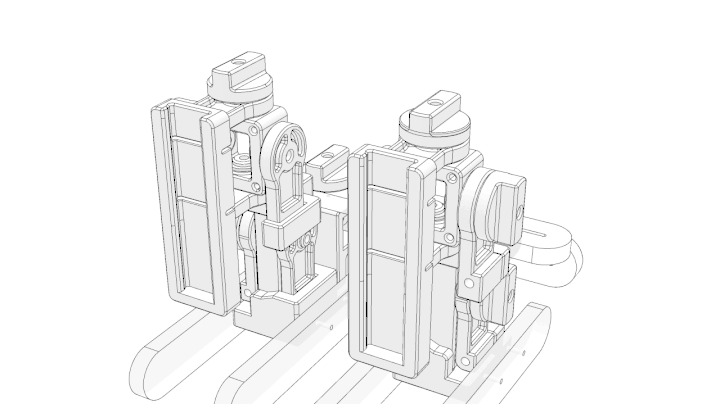
Swivel Mechanism Two
The feedback regarding this mechanism highlights that it is perceived as too bulky. The goal is to reduce the size of the mechanism, ensuring it retains its functionality while minimizing its volumetric footprint.
04
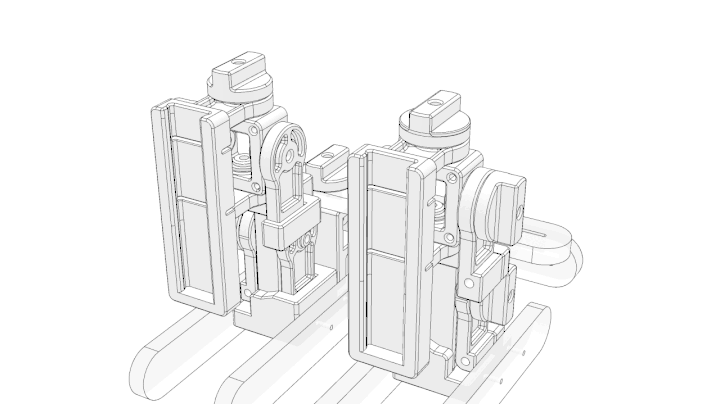
Variable Height Mechanism
The feedback for this feature suggests that setting a specific height for the mechanism could allow it to be removed, thereby reducing the volumetric footprint of the design.
05
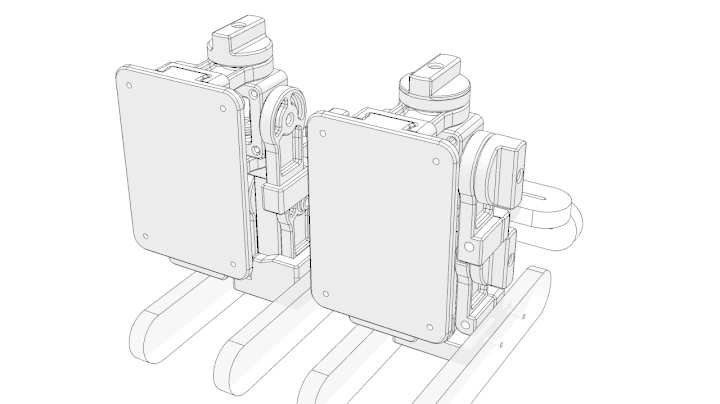
Book Cradle And Attachment
The feedback for this feature acknowledges its value, but notes that its bulky design contributes to an overall oversized appearance of the book cradle. A more streamlined design for this feature is recommended to enhance both the functionality and the overall compactness of the cradle.
06
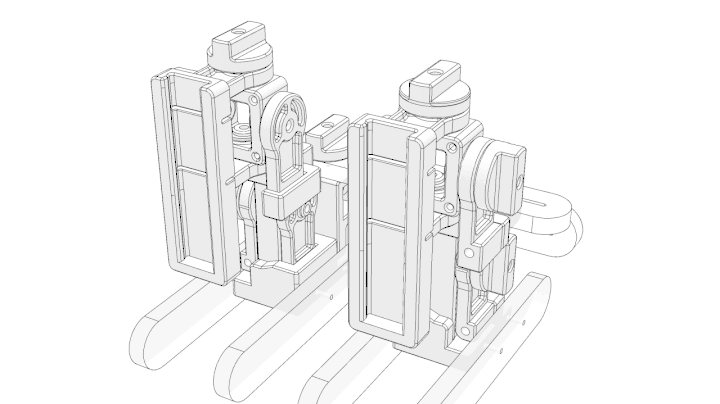
Variable Width Sliders
The feedback for this feature suggests exploring options to anchor it to a fixed size. It is recommended to use brass or flat materials to provide quick and durable protection, rather than repeatedly reprinting parts to accommodate varying book sizes.
Materials
3D Printed ABS
Stainless Steel Hardware
Nylon Ball Bearings
Acrylic Plates
Industrial Springs
Dimensions
225mm (Width)
250mm (Length)
218mm (Height)
Development Time
2 weeks
Design Goal
This design iteration focuses on reducing the overall volume while preserving all functions. Additionally, certain features are made with acrylic to allow in-house customization of parts, aligning with the requirements of the initial purpose.
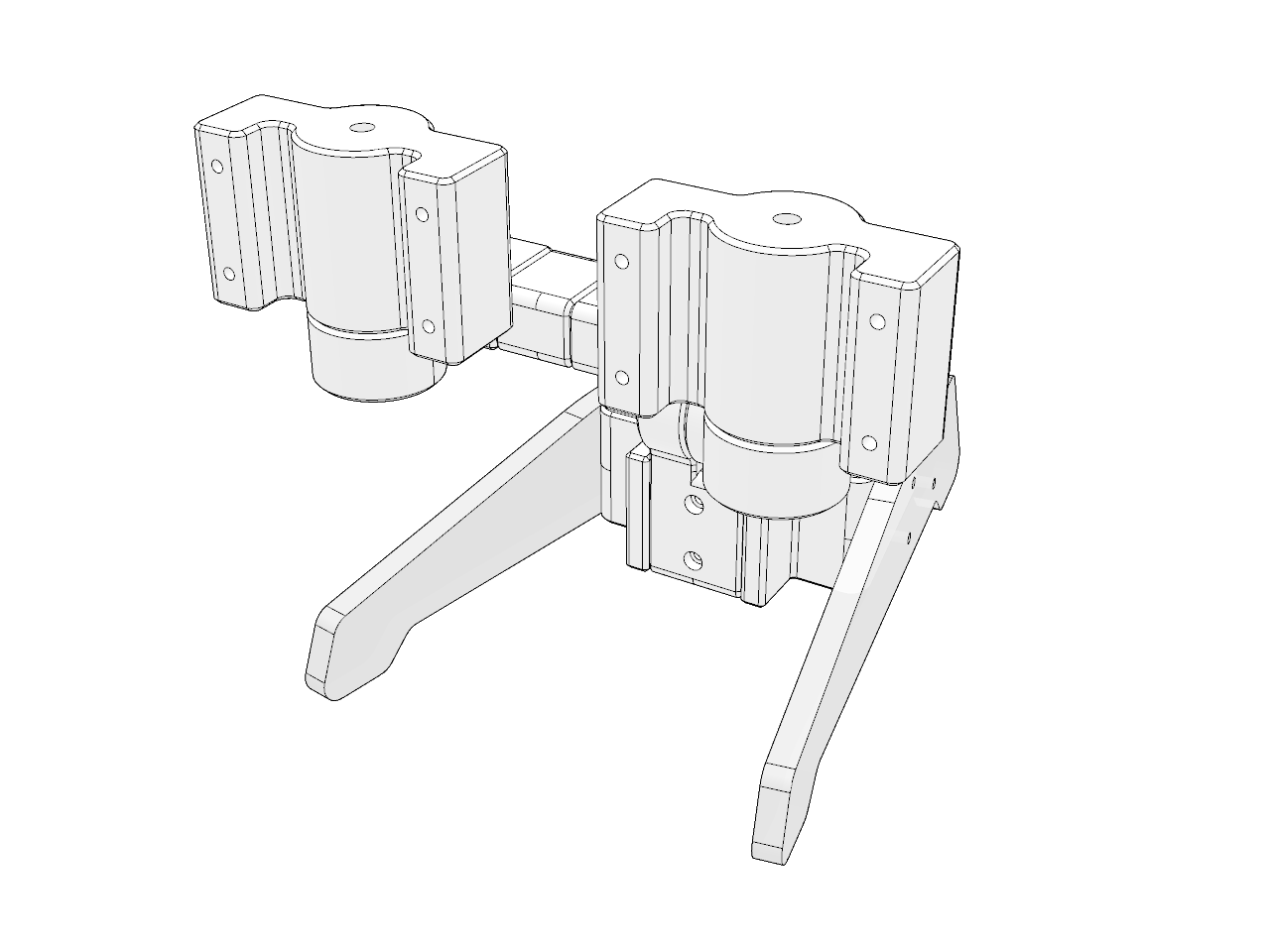
01
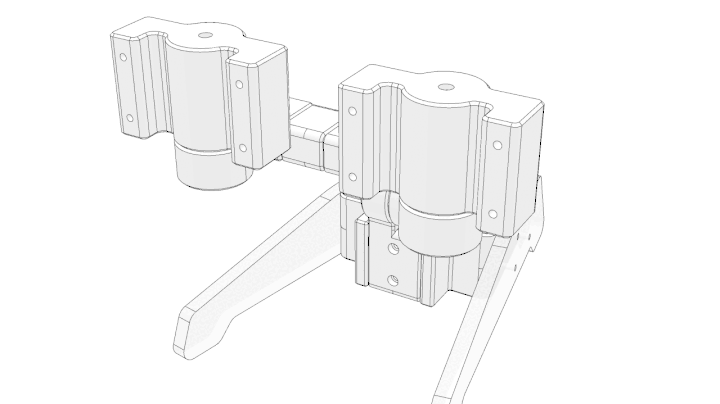
Book Cradle Attachment
In this version of the cradle, the design has been streamlined to be more compact. It now only requires four bolts to securely attach the acrylic components to the base. This simplified assembly process reduces the overall size and improves ease of installation.
02

Rotating Attachment Mechanism
In this final version, the feature is designed to be highly compact, requiring only four attachment points to secure the book cradle. To adjust the feature, tighten or loosen the bolts at the center of the axis rotation to modify the angle of the cradle. The mechanism allows for 360-degree rotation, with a total of 12 steps, offering a 30-degree increment for each step.
03
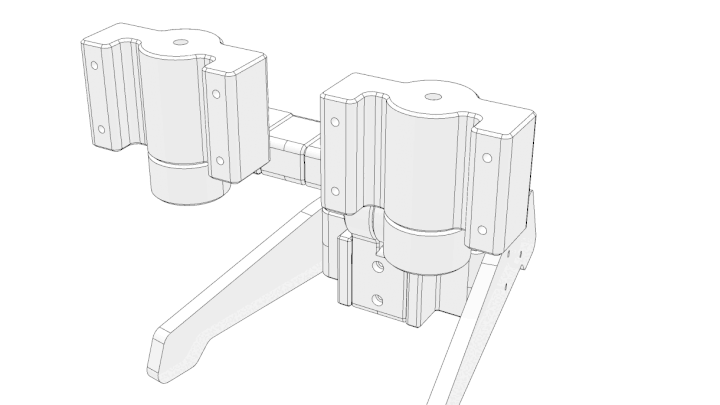
Variable Width Mechanism
In this design, the variable width feature no longer slides, as compared to the designs in previous versions. Instead, users can adjust the width by adding additional 3D-printed pieces to extend the cradle to the desired width.
04
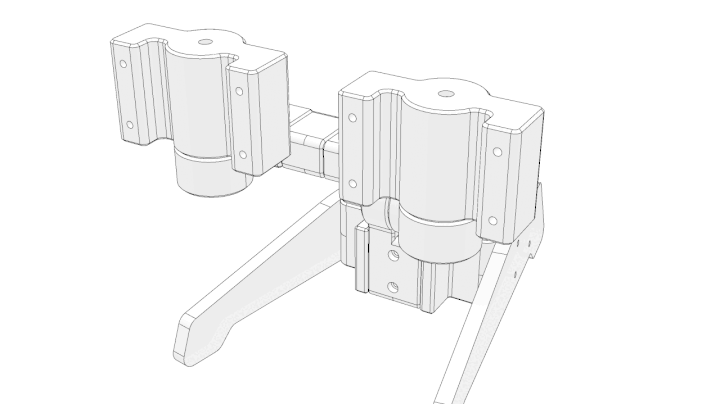
Dual Axis Mechanism
Based on previous feedback and iterations, this feature combines a primary rotating axis to adjust the angle of the book cradle, along with a secondary rotating axis, which also serves as the lever mechanism for finer adjustments. The lever mechanism allows users to shift the center of gravity relative to the main axis of rotation, providing greater control over the cradle’s positioning. Additionally, the secondary axis enables precise control over smaller details and angles, ensuring a more customizable experience for users.
05

Wall Attachment Mount
To mount the book cradle on the wall, the existing feature is removed, and the middle section is attached to two brass rods, which are then fixed to the wall.
06
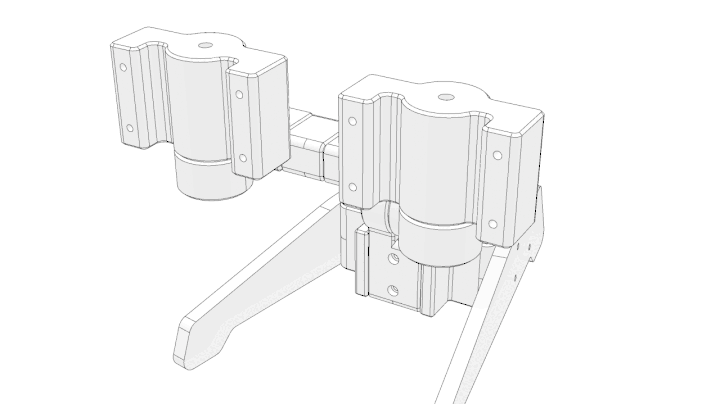
Acrylic Book Stand
This acrylic book stands can be replaced with a similar or taller version to increase the overall height of the stand. A key feature of this acrylic design is that it can be easily fabricated in-house using just a laser cutter. With no bends in the design, it simplifies the fabrication process.
Materials
PETG – Glass fiber (3D Printed)
Stainless steel Hardware
Acrylic Plates
Industrial Springs
Dimensions
200mm (Width)
184mm (Length)
160mm (Height)
Development Time
1 weeks
Design Goals
This version of the book cradle features a compact design, roughly 1/6 the size of Version 2, addressing feedback about bulkiness. The holder is nearly invisible when books are placed, achieving a key design goal. All 3D printed parts are PETG-Glass Fiber and they can be printed in-house without vendor involvement.
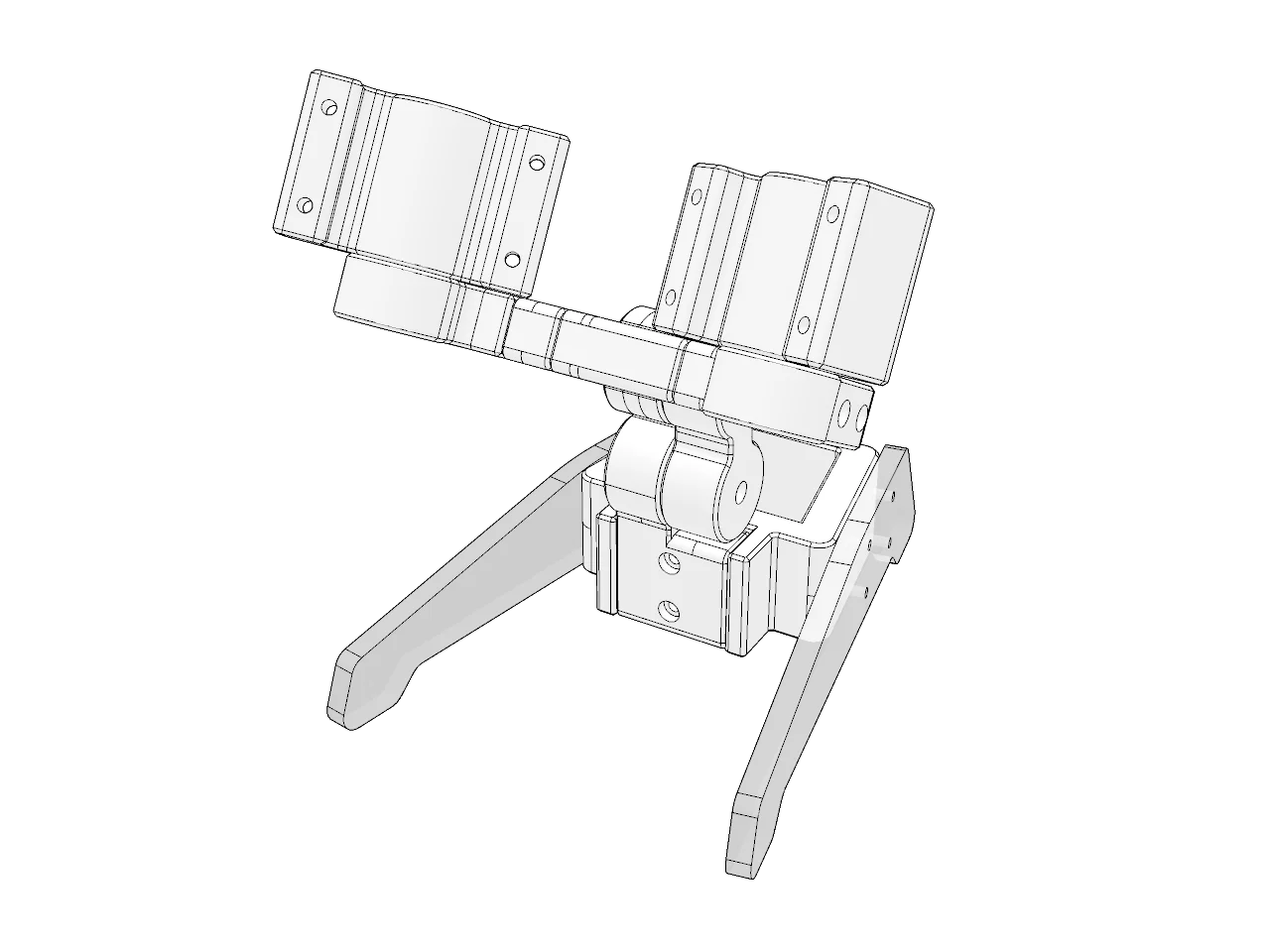
01
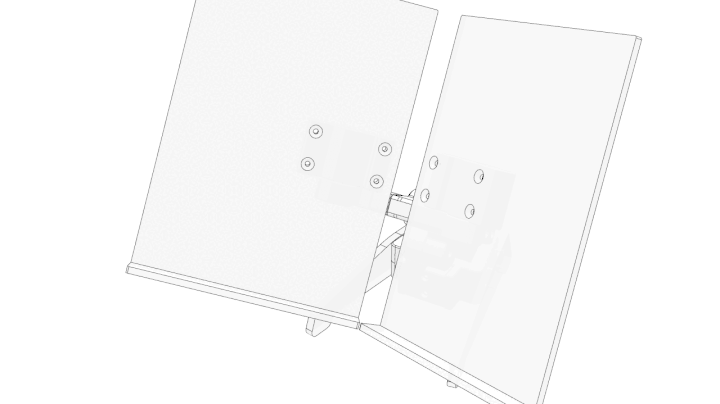
Book Cradle Attachment
In this updated cradle design, the acrylic thickness is reduced to 6mm, addressing feedback from version 3, where 8mm was too heavy and caused parts to shift downward. The design now uses sunken bolts instead of regular hex head bolts. Sunken bolts require less thickness, enabling a lighter structure. This reduction in both thickness and weight helps minimize the mechanical load on the cradle.
02
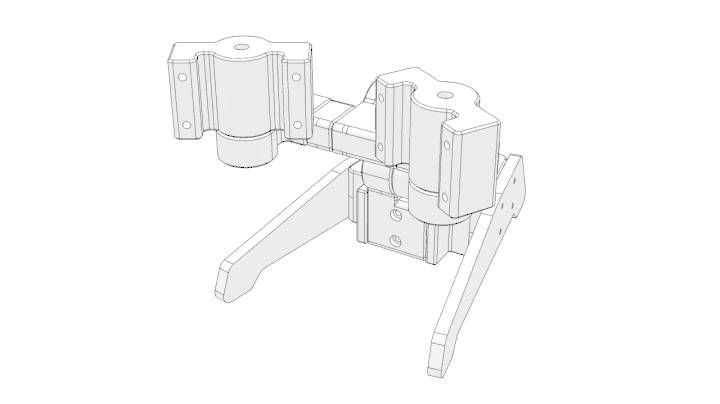
Rotating Attachment Mechanism
In this final version, the feature is designed to be assembled using M4 bolts instead of the previous M3 bolts. The M4 bolts provide a stronger grip for the rotating attachments, enhancing the mechanical stability without altering the outer dimensions of the design.
03
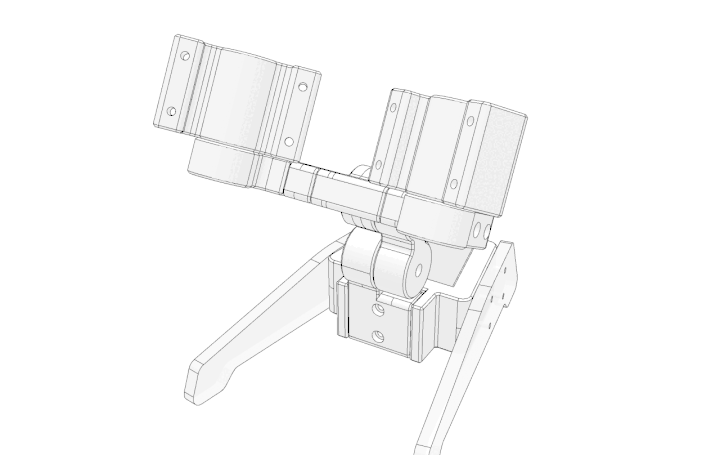 Dual Axis Mechanism
Dual Axis Mechanism
The switch from M3 to M4 bolts has resulted in a significant improvement in this version. In version 3, the M3 bolts had less bite strength, causing misalignment of parts when load was applied. This misalignment propagated to other parts, leading to a shift in the overall design. While each step was intended to be 30 degrees, the misalignment caused a shift of 33-35 degrees, reducing mechanical accuracy and potentially impacting planning during curation.
04
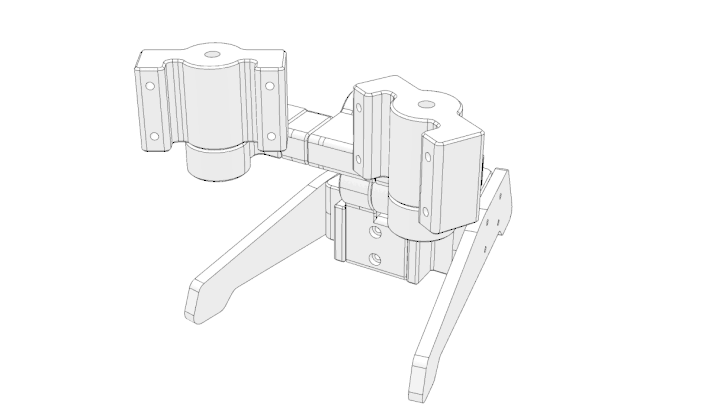
Variable Width Mechanism
Similar to other parts, the M4 bolts have had a significant impact on these components, as they now maintain their positioning much more effectively compared to version 3. This improvement is also due to a new design feature that aligns the two parts together. With the addition of the M4 bolts, the design is securely held in place, ensuring greater stability and accuracy.
05
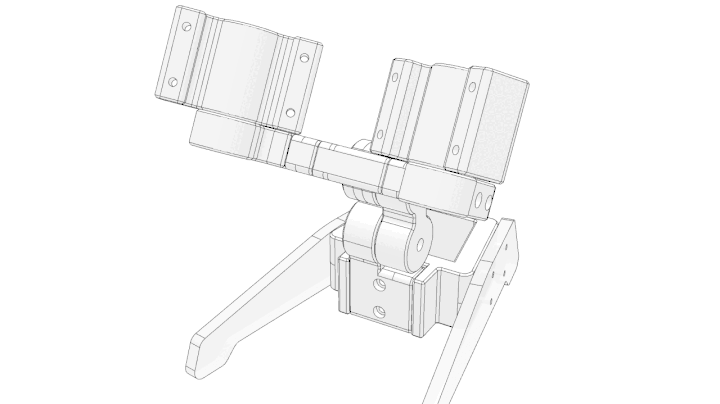
Acrylic Book Stand
This acrylic book stand can be replaced with a similar or taller version to increase the overall height of the stand. A key update in this feature is the use of M4 bolts, which have been implemented throughout the latest design for improved strength and stability.
06
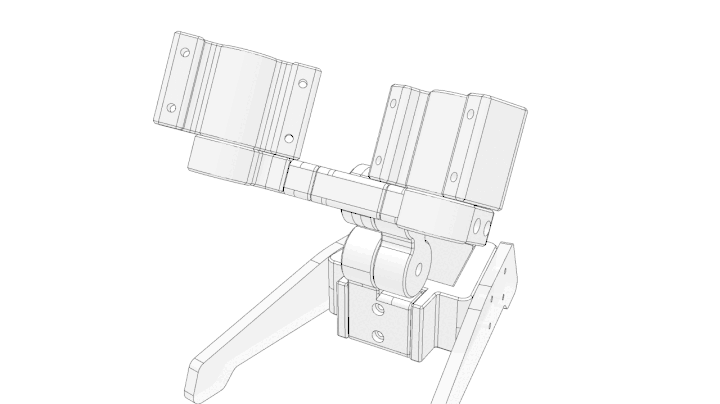
Wall Attachment Mount
To mount the book cradle on the wall, the existing feature is removed, and the middle section is attached to two brass rods, which are then fixed to the wall.
07
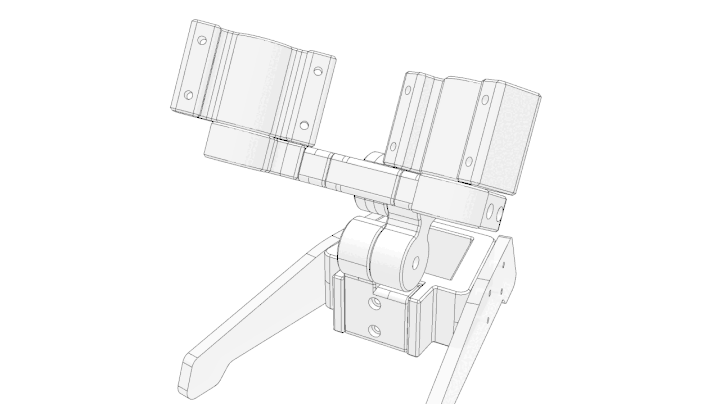
Interchangeable Parts for Compactness
This new feature, introduced in the latest version, allows for a more compact design. In exhibition settings, where minimal visibility of the stand is desired, this feature enables the cradle to be interchanged with an alternate design, further reducing its form factor. It is particularly useful when books need to be positioned in a more upward-facing orientation.
Materials
PETG – Glass fiber (3D Printed)
Stainless steel Hardware
Acrylic Plates
Industrial Springs
Dimensions
200mm (Width)
184mm (Length)
160mm (Height)
Development Time
1 week
Design Goals
In this final version of the cradle design, all hardware has been upgraded to M4 stainless steel bolts due to significant shifting observed in Version 3 when load was applied. This design change indicates the necessity of using at least M4 bolts for future physical prototypes. M4 bolts have approximately 1.78 times the shear strength of M3 bolts, providing greater resistance to biting and shear forces before failure.
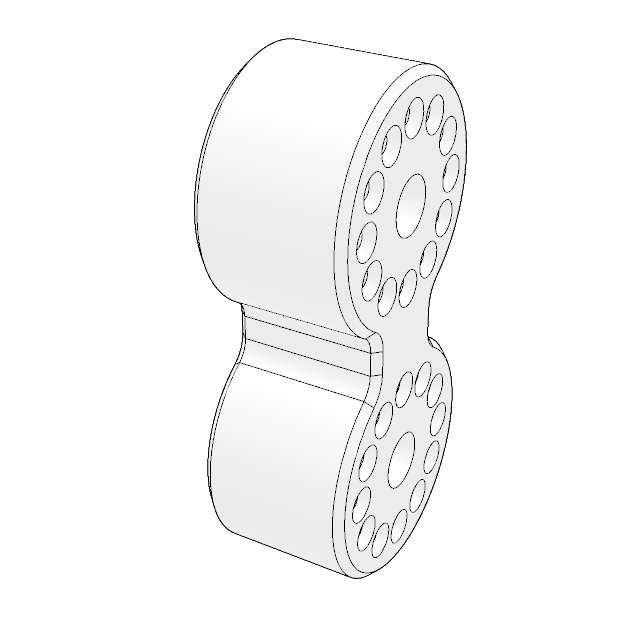
P01 (x1)
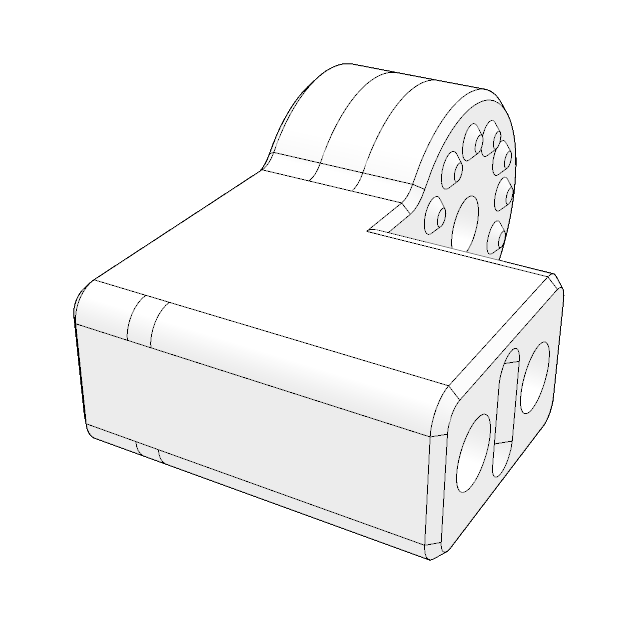
P02 (x1)
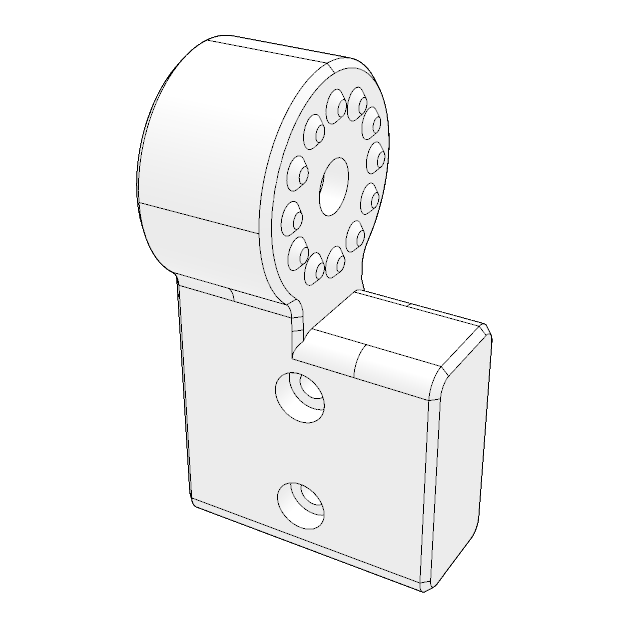
P03 (x1)
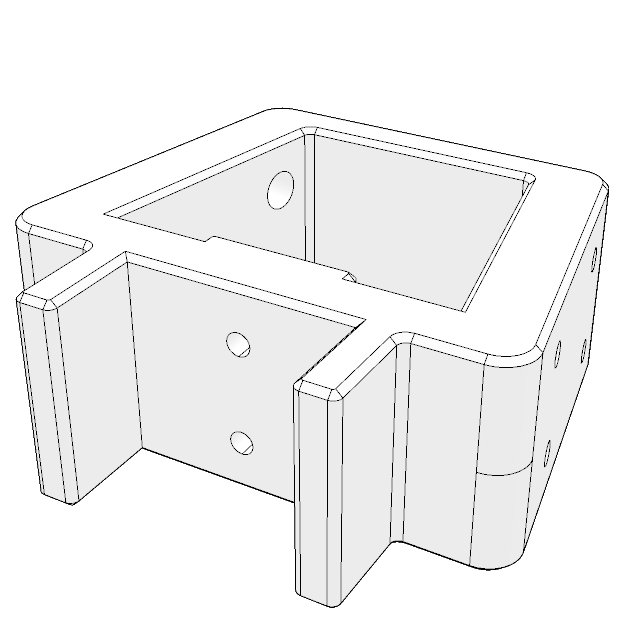
P04 (x1)
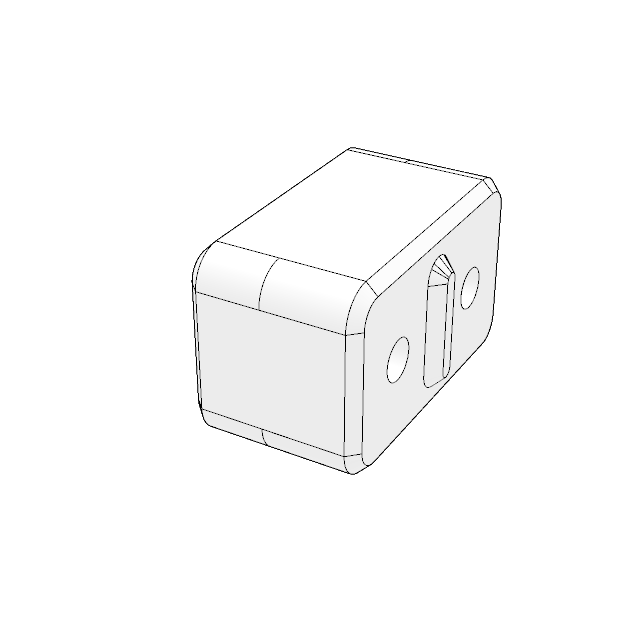
P05 (x4)
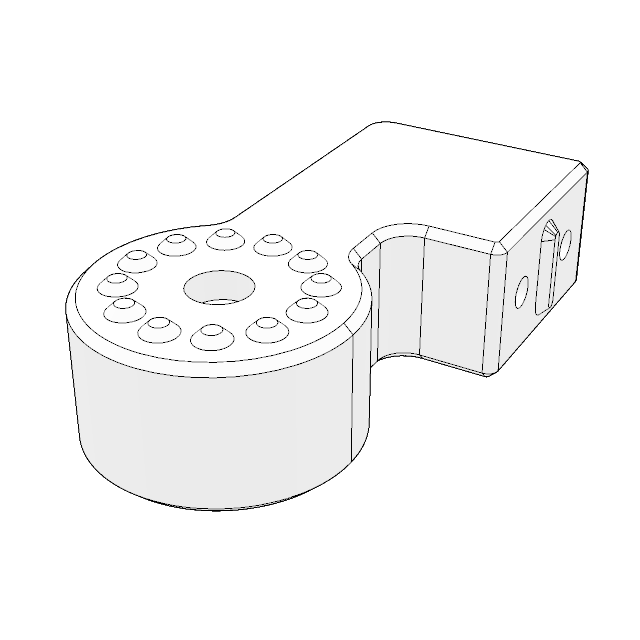
P06 (x2)
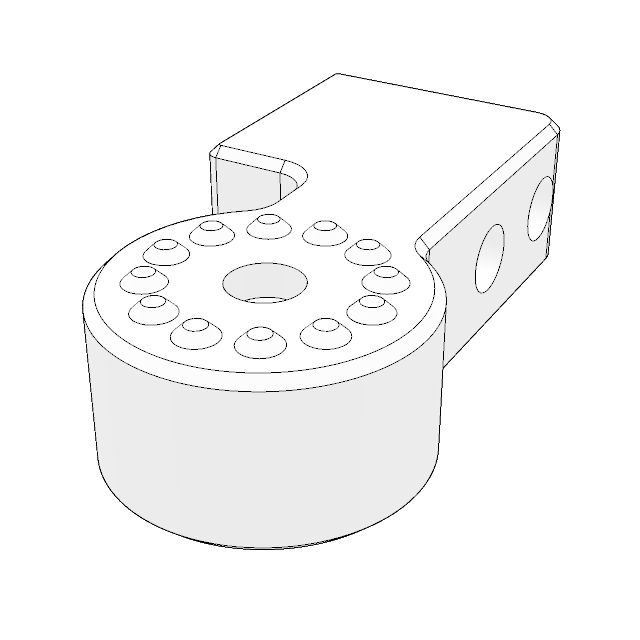
P07 (x2)
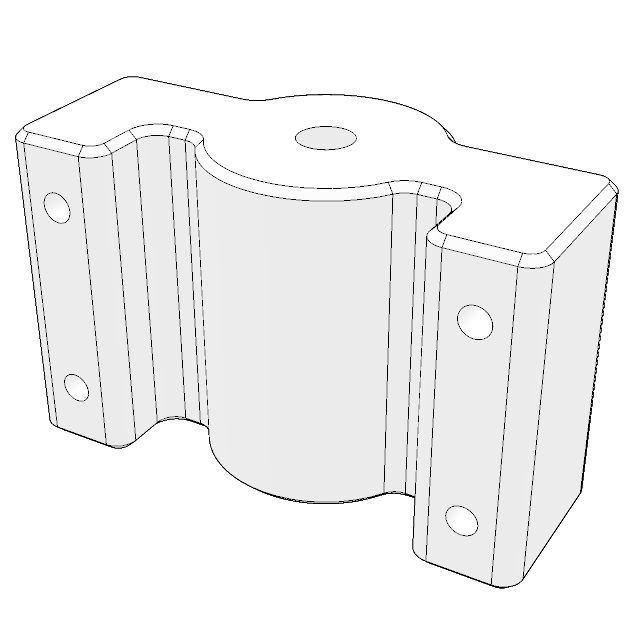
P08 (x4)
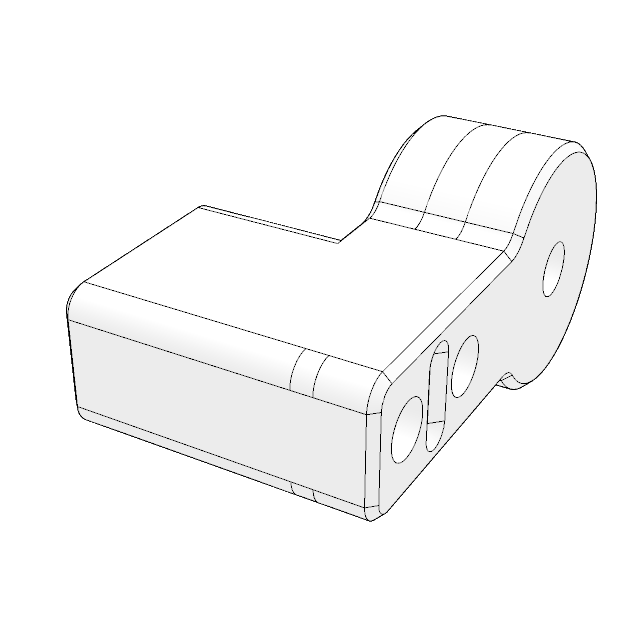
P09 (x1)
Print Settings
Layer Height: 0.2
Wall Loops: 6
Top Layer: 6
Bottom Layer: 6
Advance Settings
Order of Walls:
Inner/Outer/Inner
Infill: 40%
Infill pattern: Gyriod
Temperature Settings
Nozzle: 250-260°
Bed: 70-80°
Total Print Time
18-20 Hours (Approximately)
Materials
PETG – Glass fiber
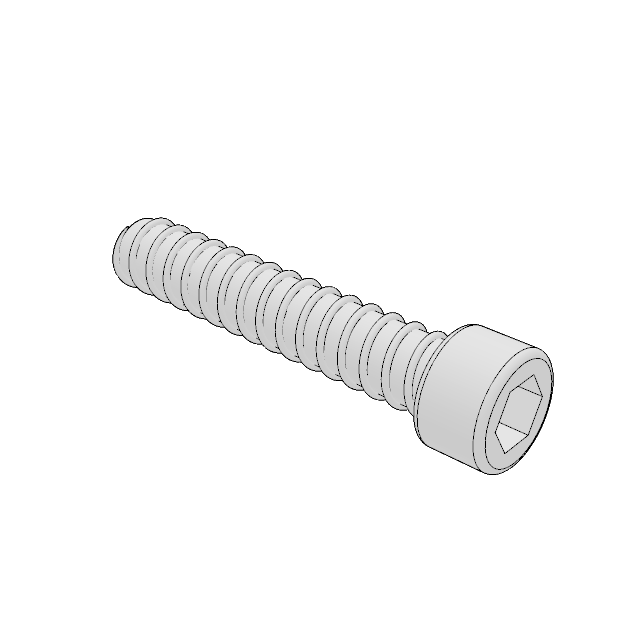
M4 Stainless Steel Bolts
22mm (x8)
30mm (x2)
45mm (x2)
65mm (x8)
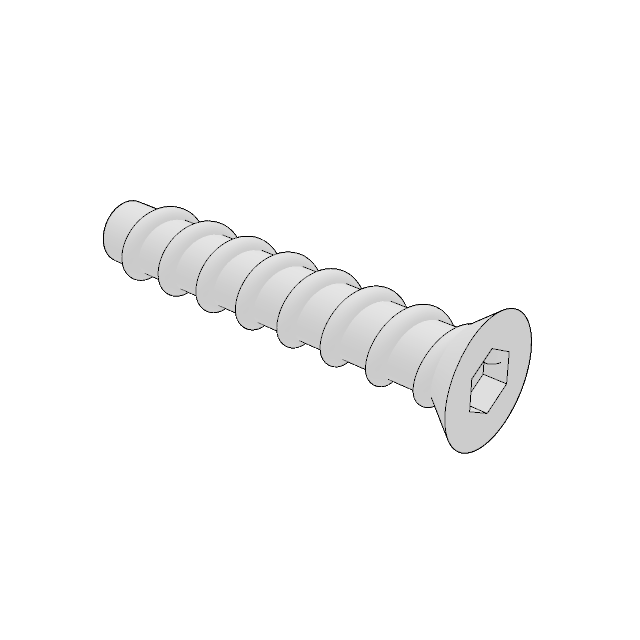
M4 Stainless Steel Bolts (Tapered)
25mm (x8)
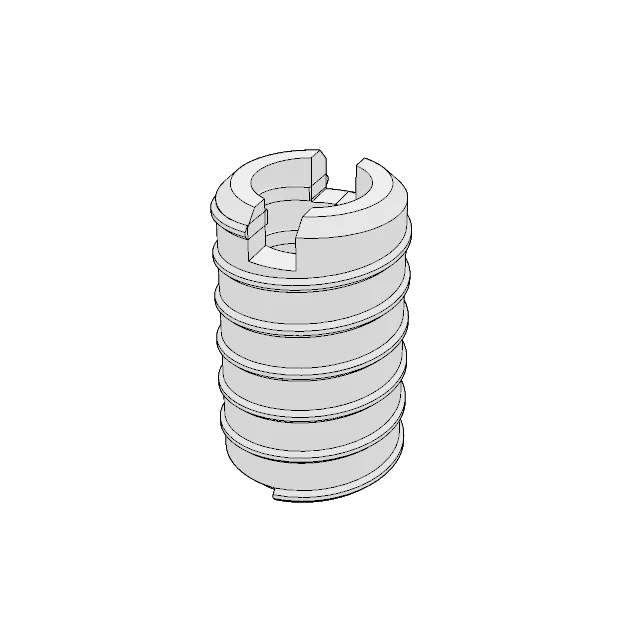
Stainless Steel Inserts
M4 x M8 x 6mm (x12)
M4 x M8 x 10mm (x12)
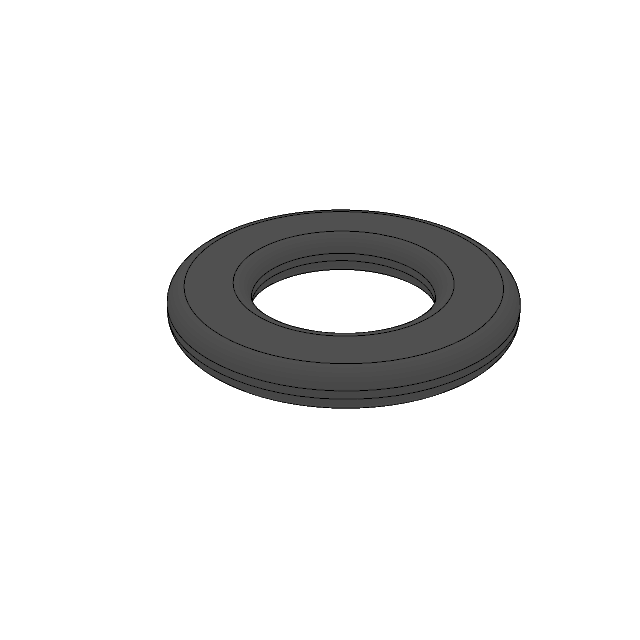
(M4) Nylon Spacers
M4 x M8 x 1mm (x30)
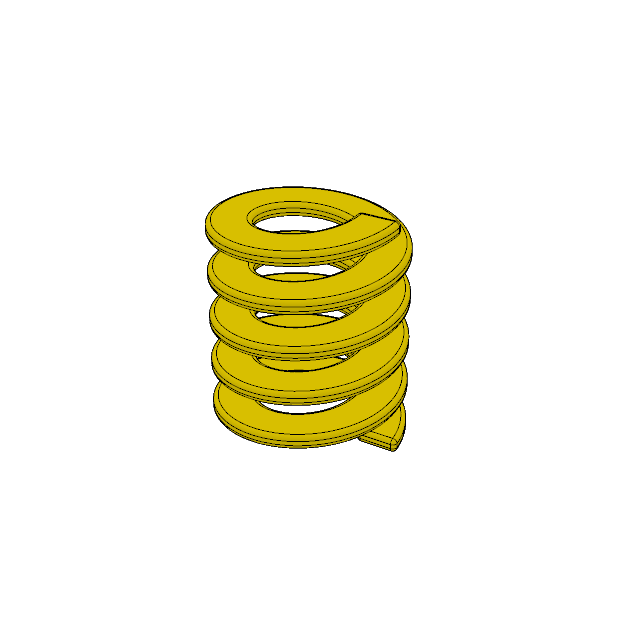
Industrial Springs
M5 x M8 x 10mm (x2)
How to Prepare the Parts
This section outlines the process for inserting the stainless steel inserts into all the 3D printed parts necessary for the design assembly. It is important to complete this step before the assembly. Additionally, to ensure the stainless steel inserts remain securely embedded in the 3D printed parts, it is essential to use Maxi-Cure™ Extra Thick CA Glue for bonding plastics and metals.
How to Apply Maxi-Cure
Apply Maxi-Cure™ CA to one side of the parts to be joined, then press them firmly together for 10-20 seconds. For larger bonding surfaces, apply serpentine beads of the CA adhesive, ensuring sufficient spacing to allow for proper spreading. The adhesive will reach full strength within three hours. Clean the nozzle before securing the screw-on cap. To extend shelf life, refrigerate the product. Once cured, Maxi-Cure™ CA remains stable within a temperature range of -40°F to 220°F.
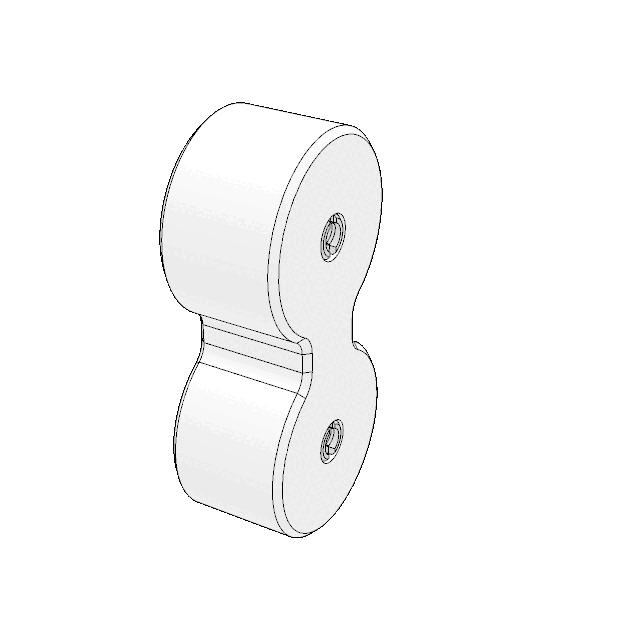
P01
M4 x M8 x 6mm (x2)
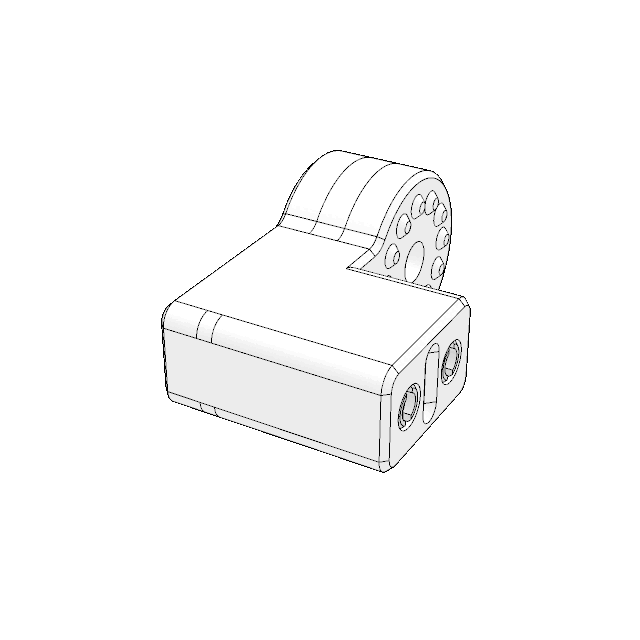
P02
M4 x M8 x 12mm (x4)
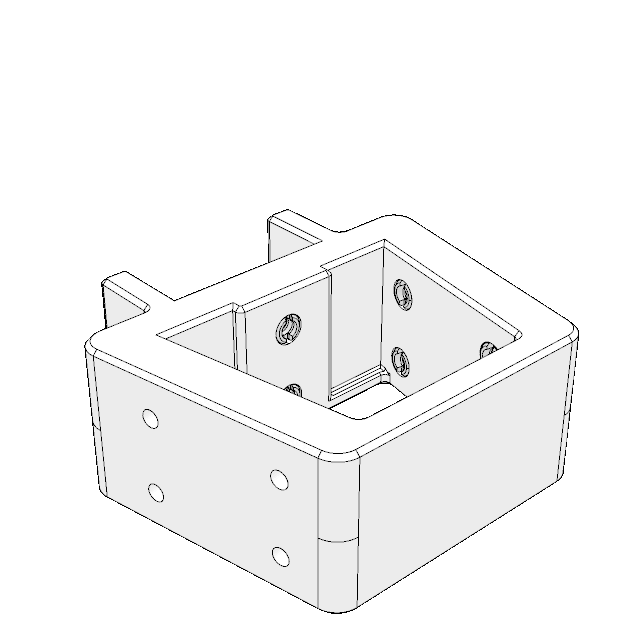
P04
M4 x M8 x 6mm (x10)
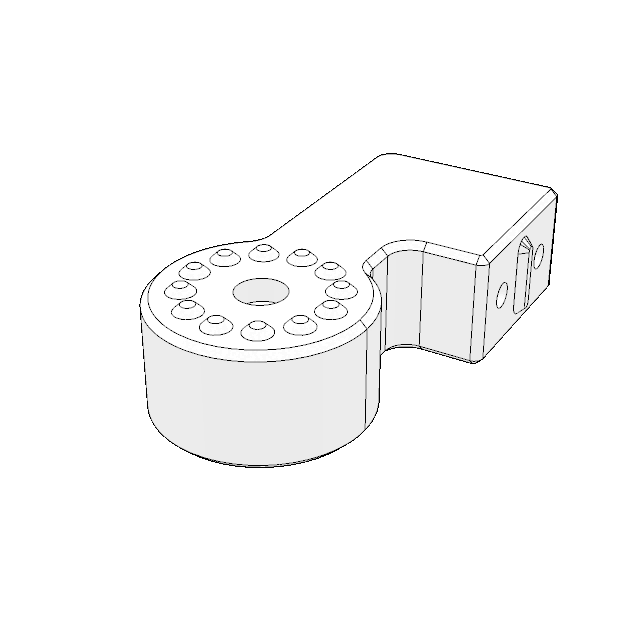
P06
M4 x M8 x 6mm (x1)
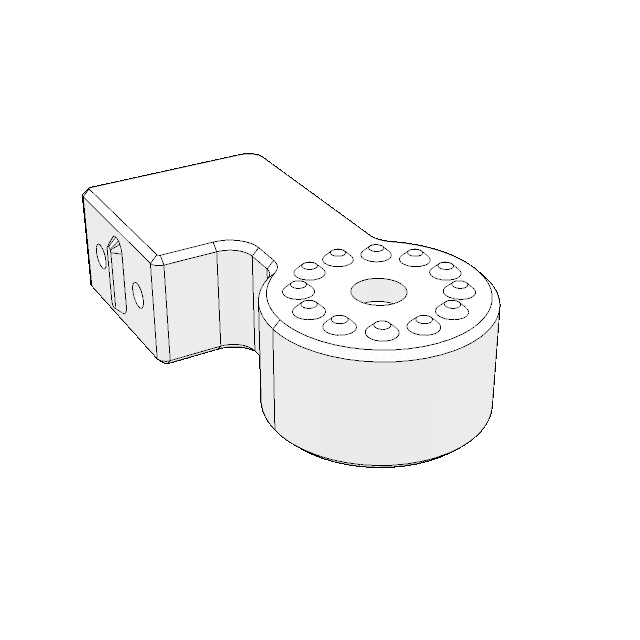
P07
M4 x M8 x 6mm (x1)
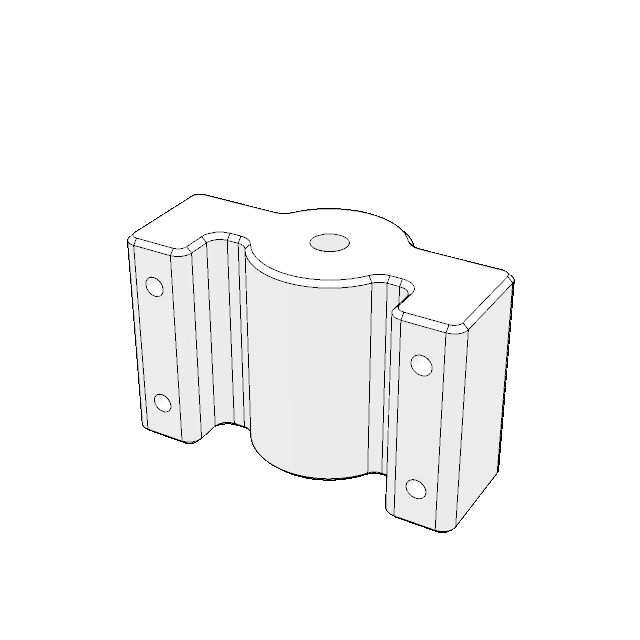
P08
M4 x M8 x 12mm (x4)
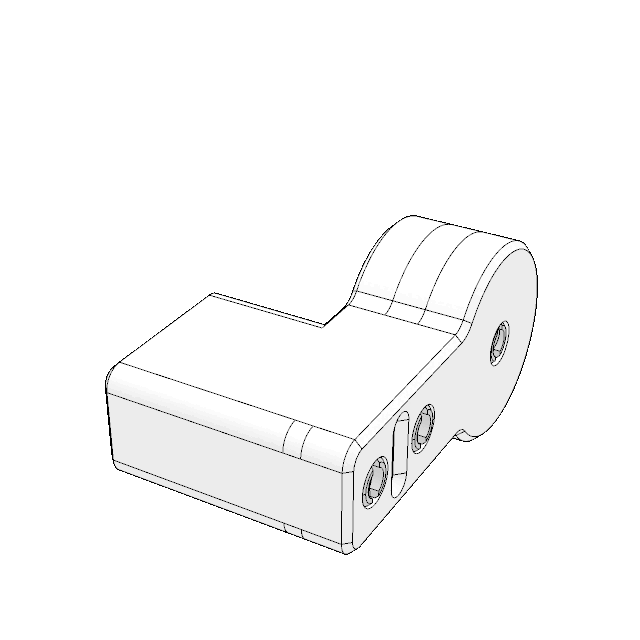
P09
M4 x M8 x 12mm (x4)
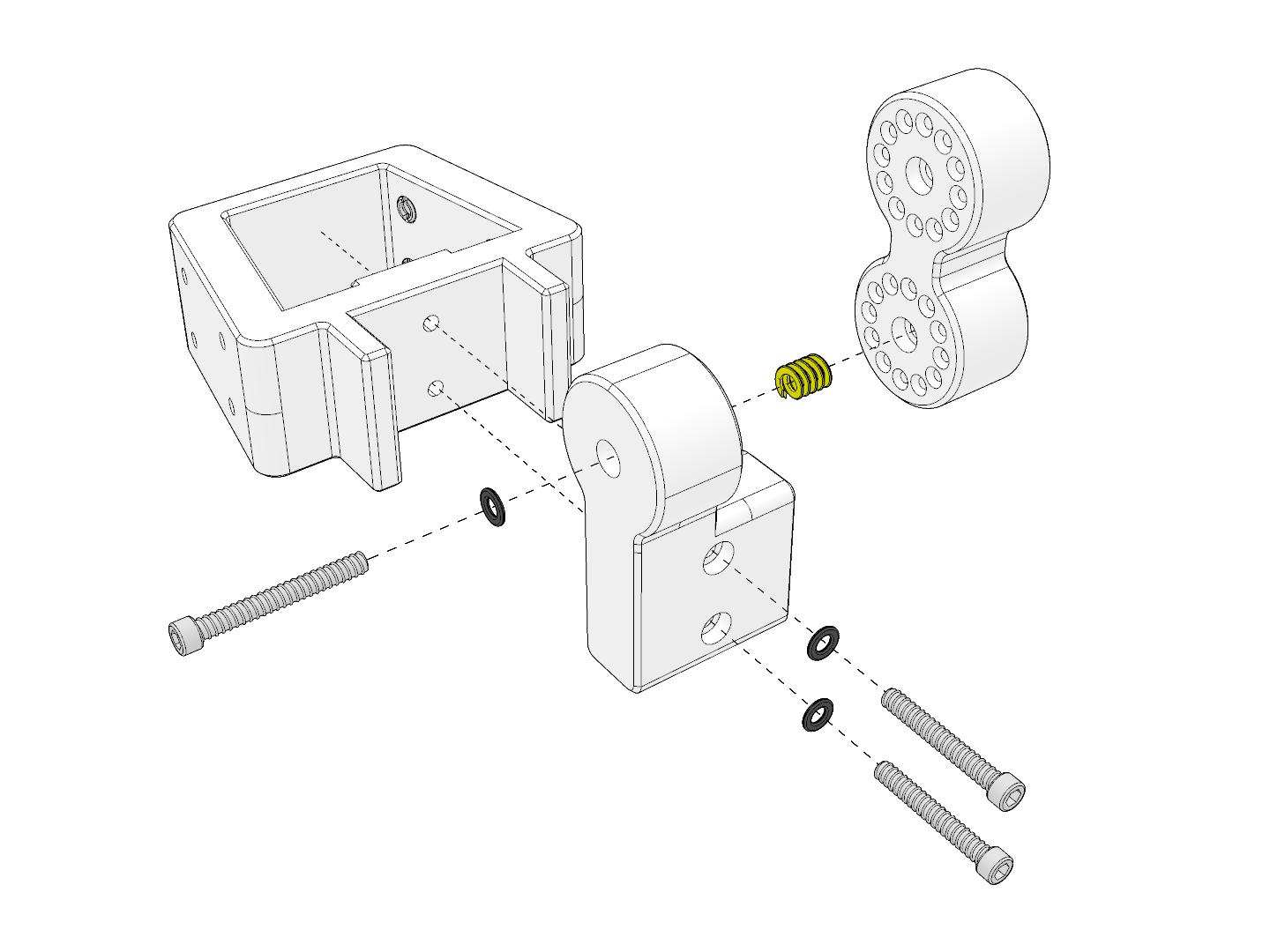
Stainless Steel Bolt ( M4 x 45mm )
Black Nylon Washer ( M4 x M8 )
Stainless Steel Bolt ( M4 x 30mm )
Industrial Spring ( M5 x M8 x 10mm )
Assembly Reference
Completed Assembly (Step 01)
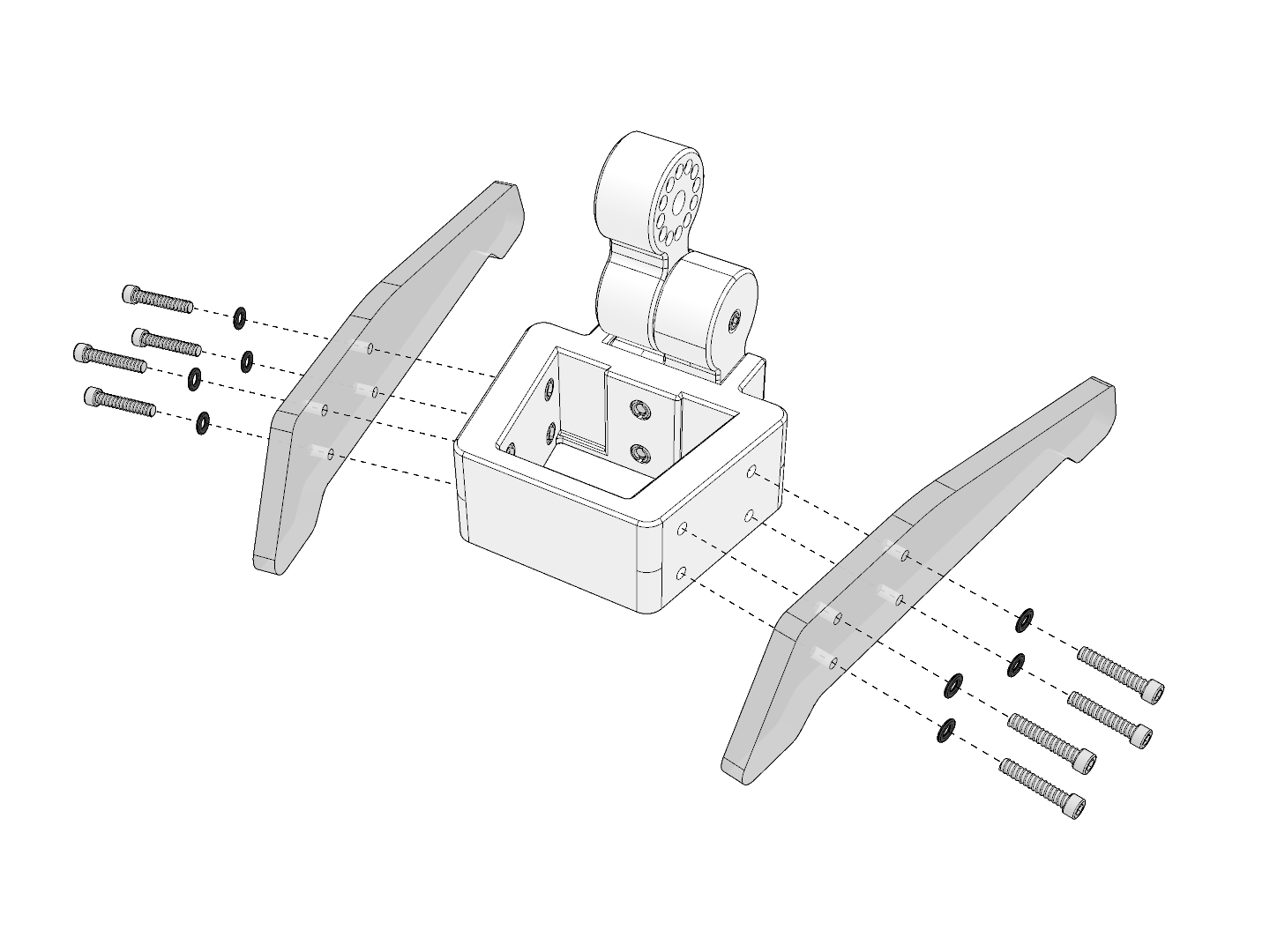
Nylon Washer ( M4 x M8 )
Stainless Steel Bolt ( M4 x 22mm )
Acrylic ( Thickness: 8mm )
Assembly Reference
Completed Assembly (Step 02)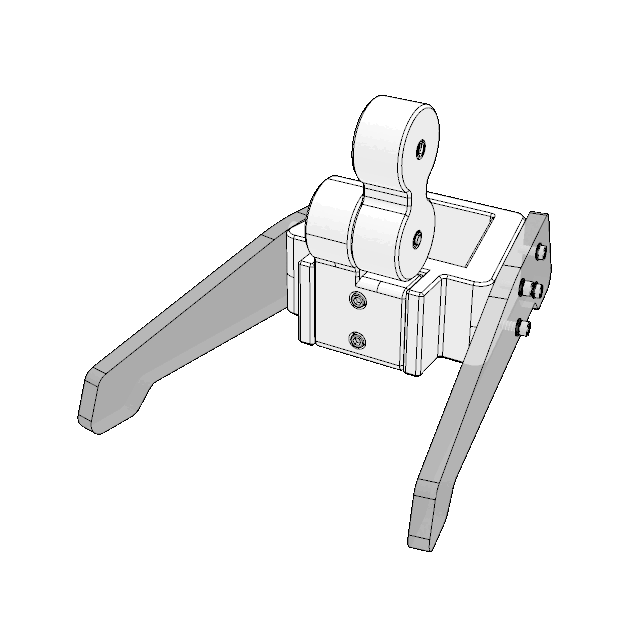
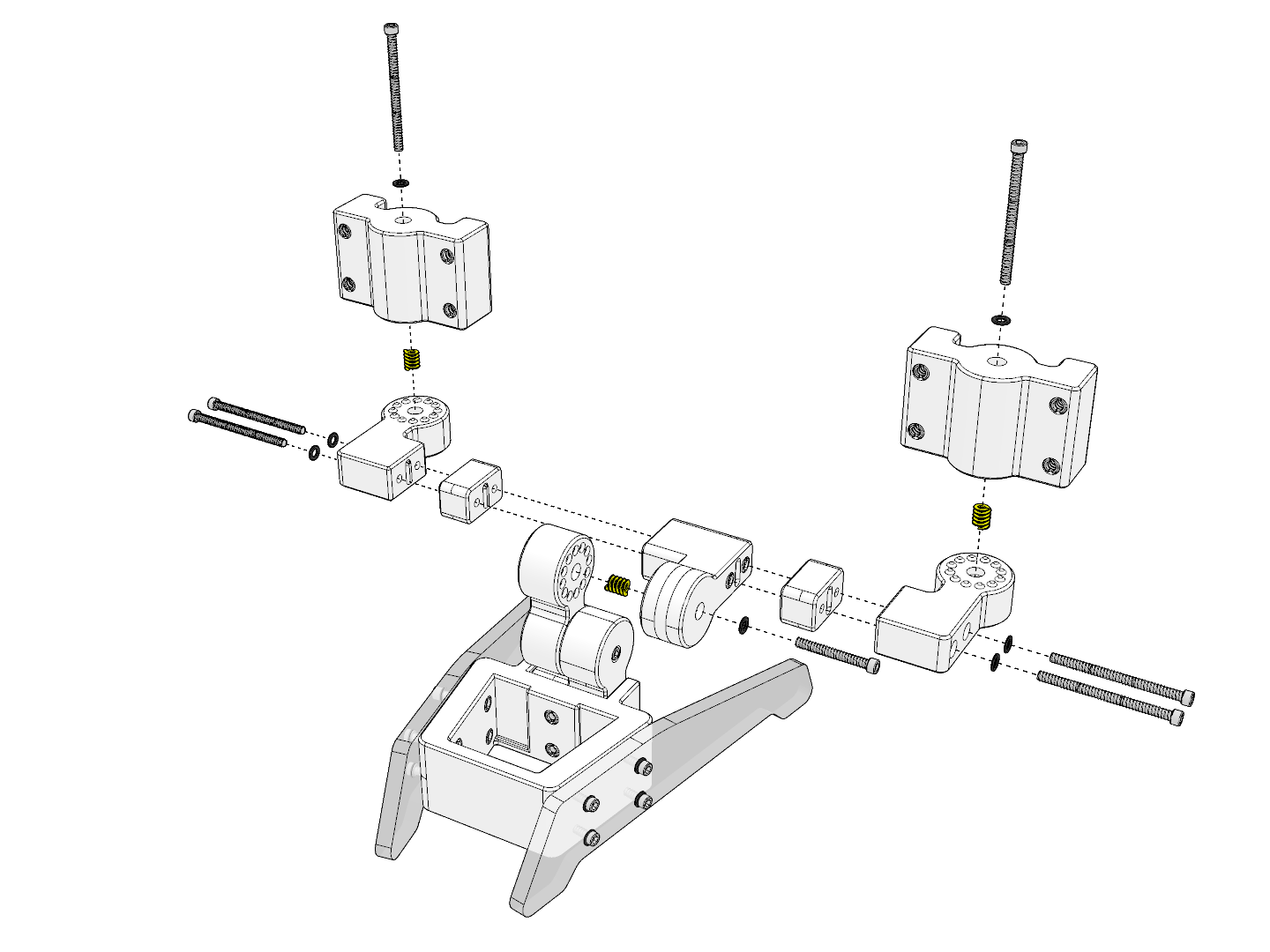
Nylon Washer ( M4 x M8 )
Industrial Spring ( M5 x M8 x 10mm )
Stainless Steel Bolt ( M4 x 45mm )
Stainless Steel Bolt ( M4 x 65mm )
Stainless Steel Bolt ( M4 x 65mm )
P02
Assembly Reference
Completed Assembly (Step 03)
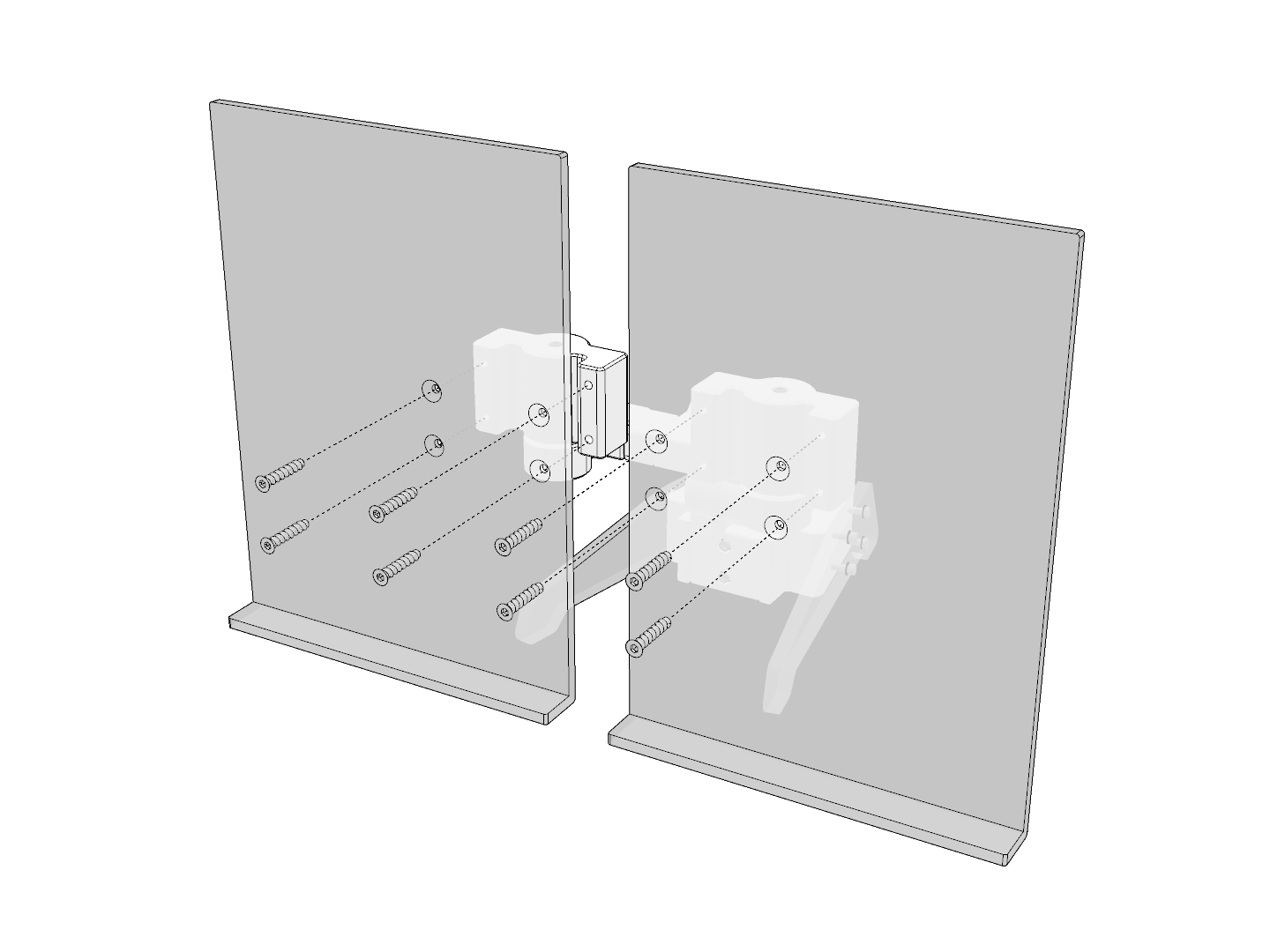
Tapered Stainless Steel Bolt
( M4 x 30mm)
Custom Acrylic Sheet
(Thickness: 6mm)
Assembly Reference
Completed Assembly (Step 04)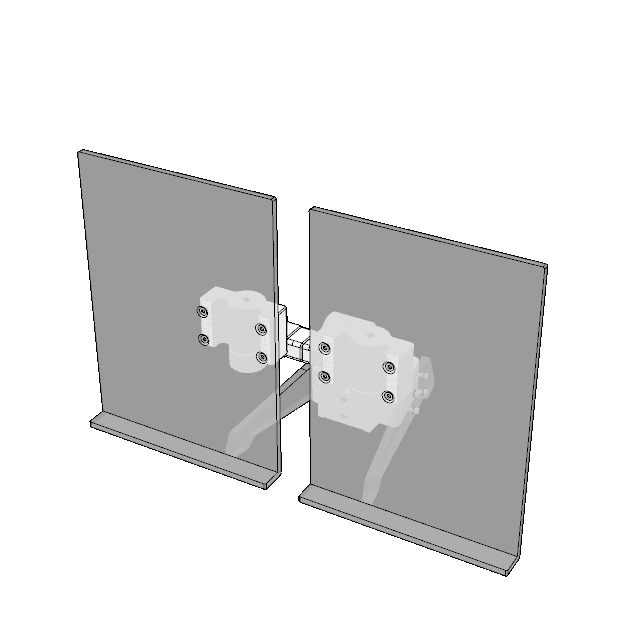
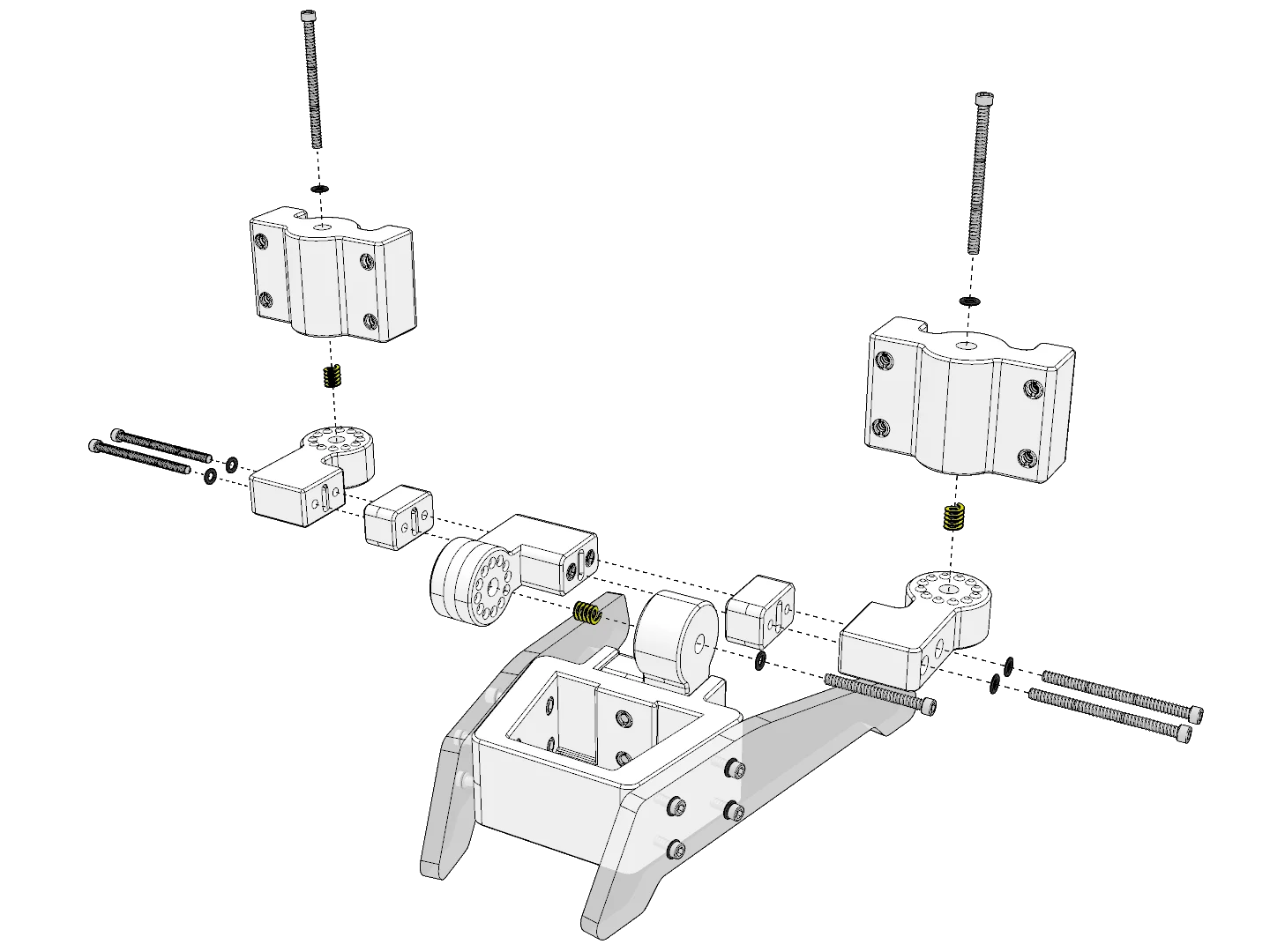
Stainless Steel Bolt ( M4 x 65mm)
Stainless Steel Bolt ( M4 x 65mm)
Stainless Steel Bolt ( M4 x 65mm)
Stainless Steel Bolt ( M4 x 65mm)
Industrial Spring ( M5 x M8 x 10mm)
P09 (Printed Part)
Assembly Reference
Completed Assembly (Iteration 02)
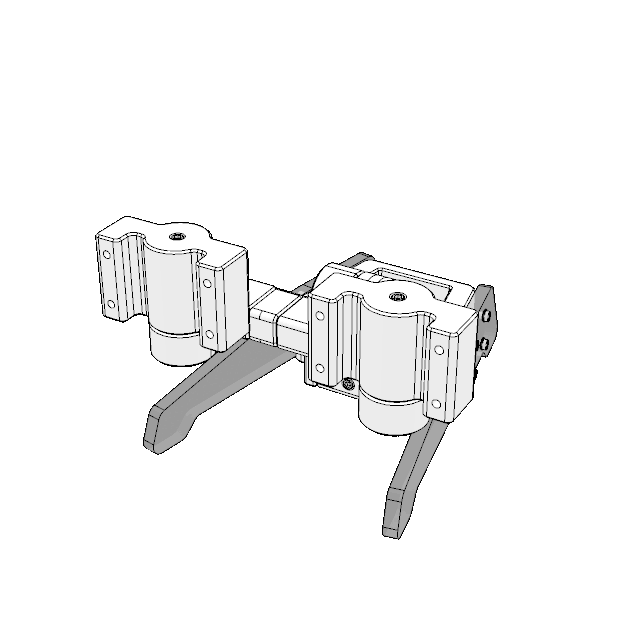
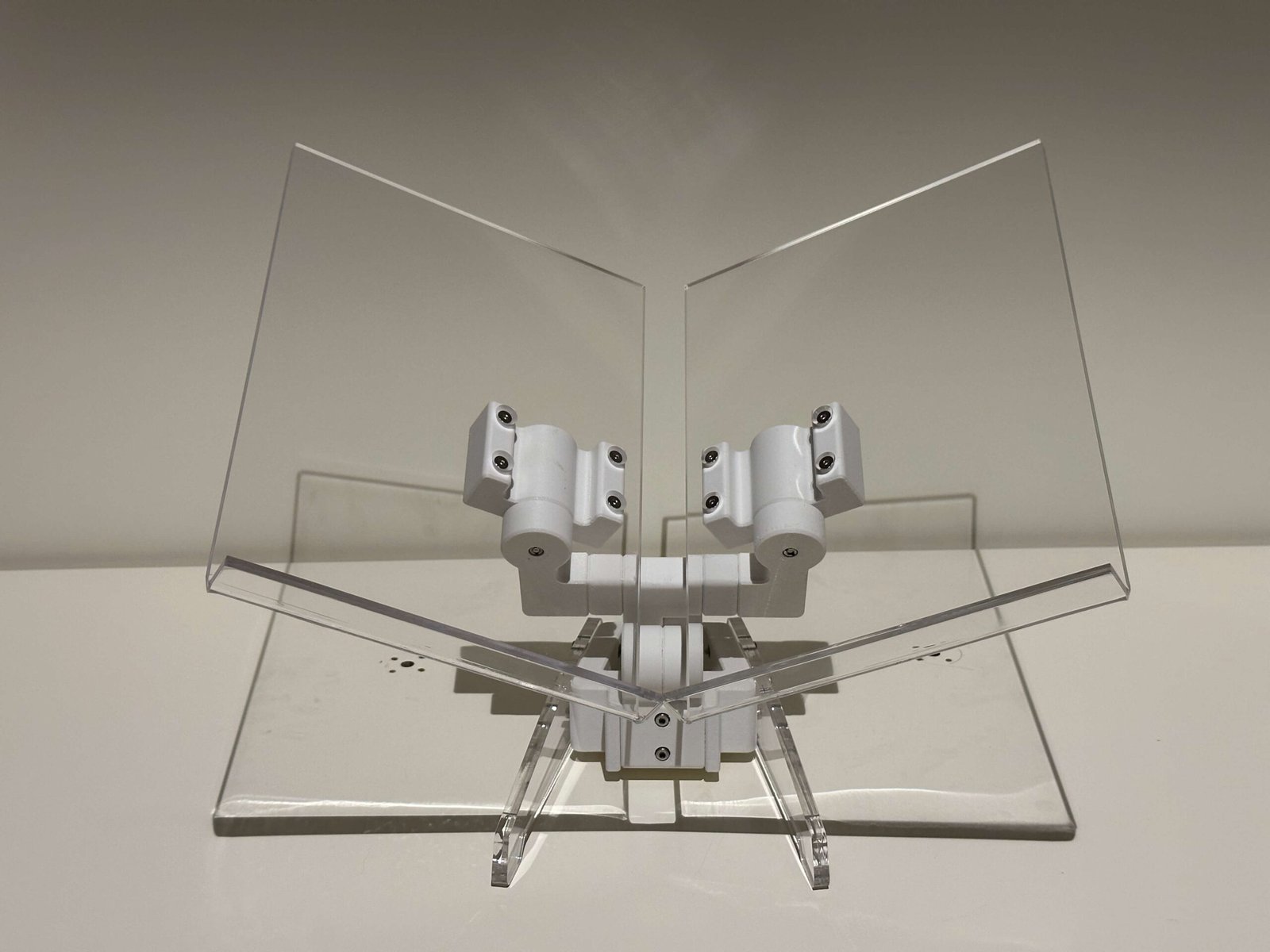
01
Attaching/Detaching the book cradle 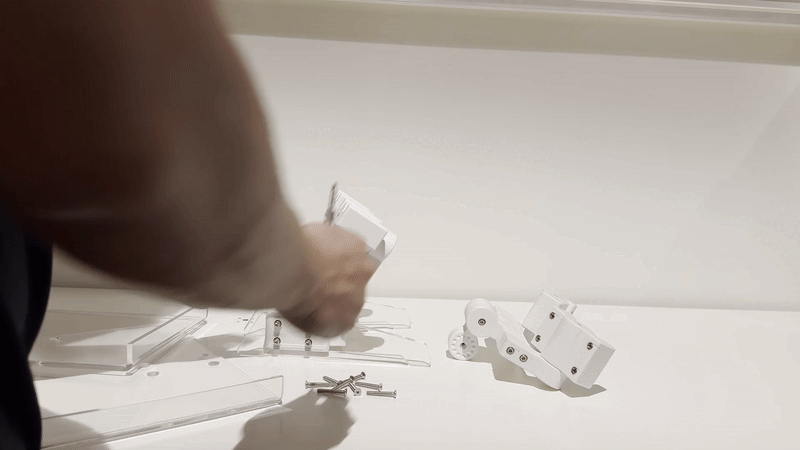
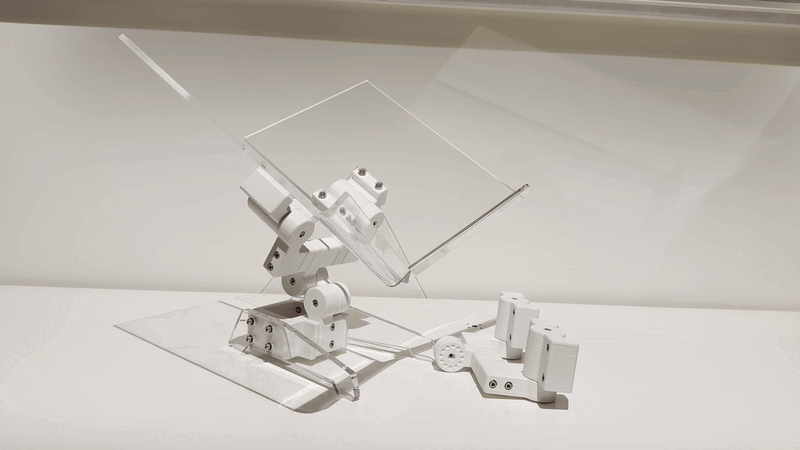
The cradle is designed to allow the production team to easily adjust its size. If a larger cradle is needed, they can laser-cut the required dimensions, bend the material accordingly, and attach it to the holder.
02
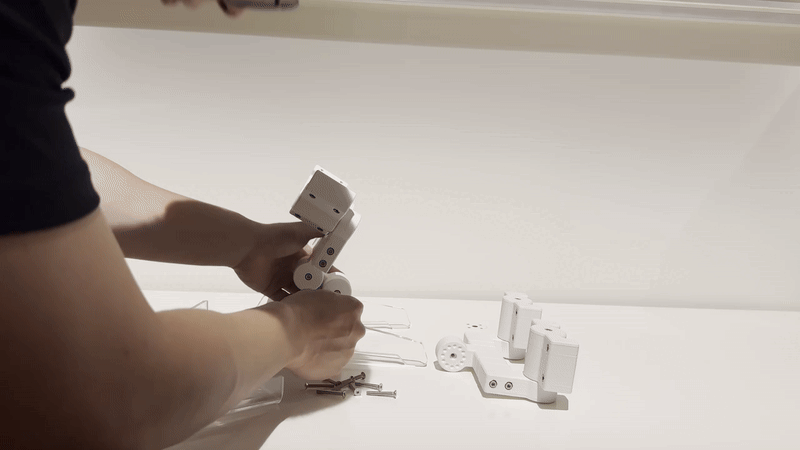
Changing the configuration
The configuration being referred to involves adjusting the rotatable joint that controls the tilt angle of the book cradle. The process described above illustrates how to transition from a stand with a high tilt angle to one with a lower tilt angle.
03
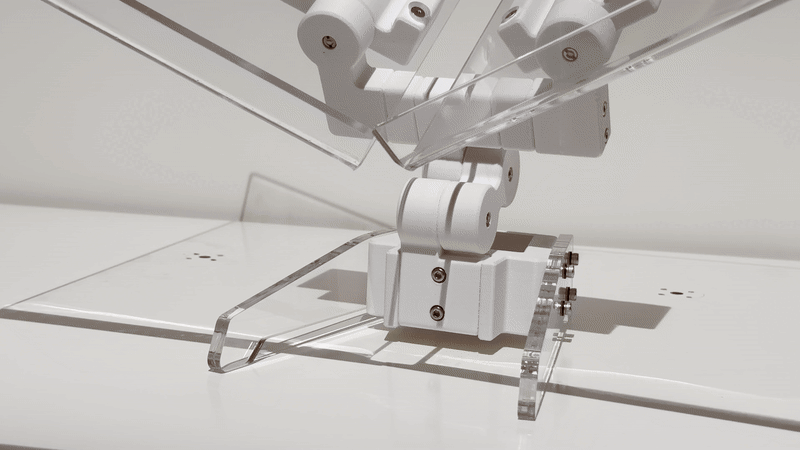
Attachment to wall
To convert the stand into a wall-mounted setup, first, remove the two screws from the base attachment points. However, the rods mounted on the wall must be installed first before securing the base in place.
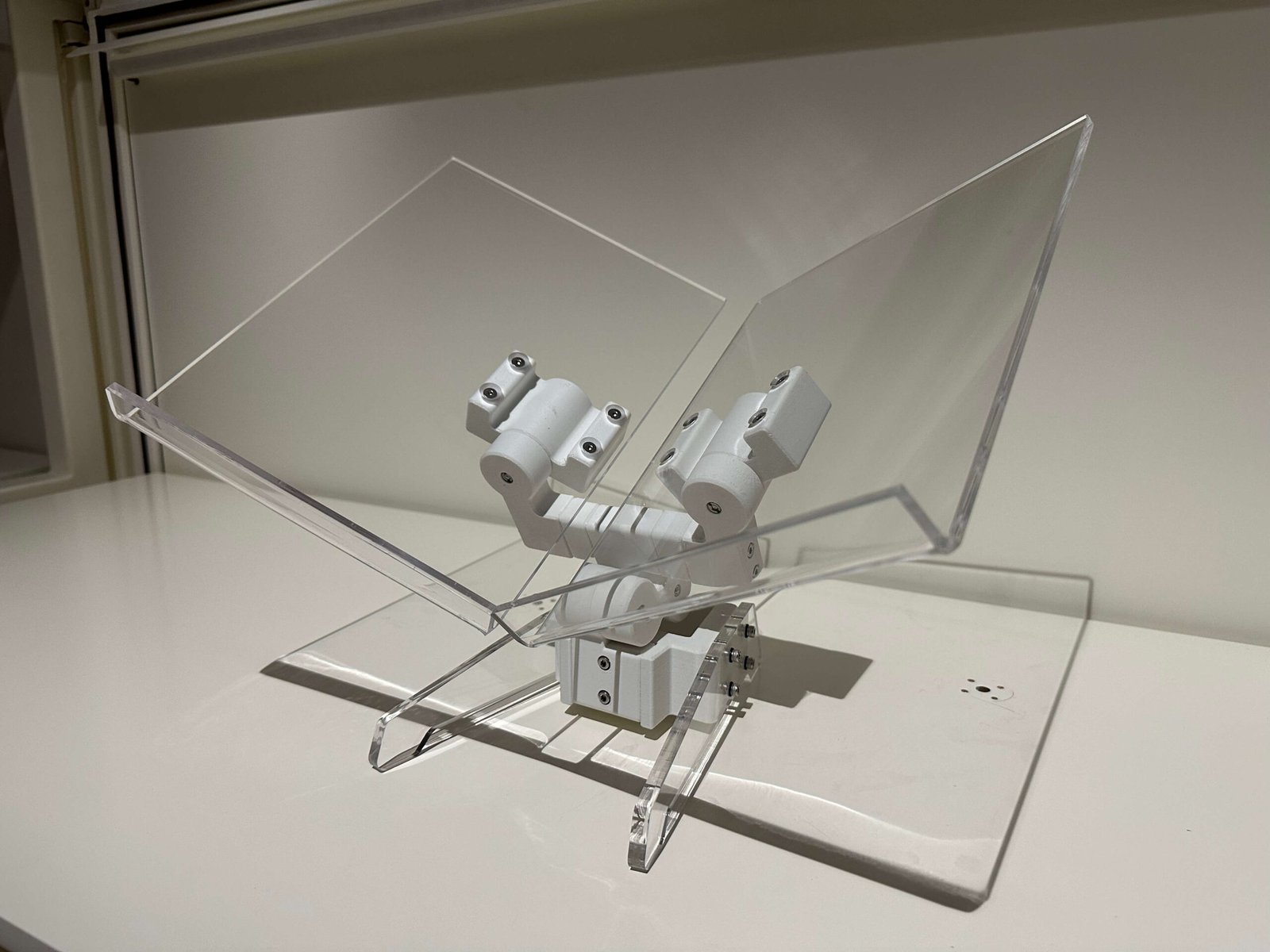
04
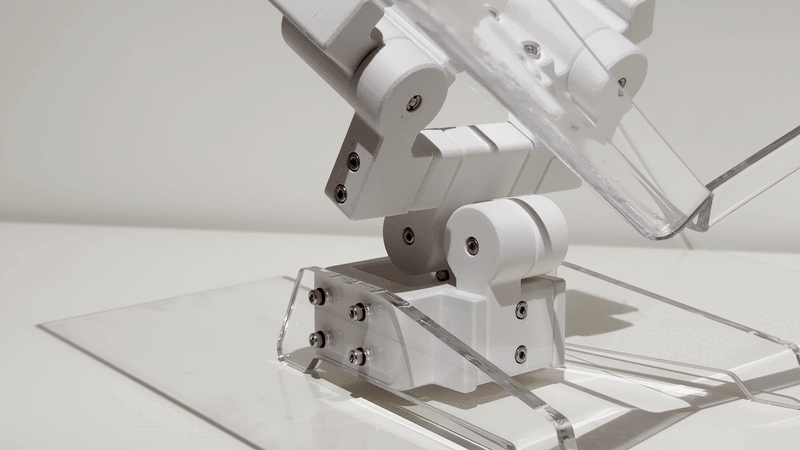
Dual Swivel Mechanism
This feature allows the user to align the board at the center of the rotation mechanism and secure it in place. Once the desired angle is achieved, the user can tighten it to hold the position. The design includes two rotating mechanisms to provide additional degrees of rotation if required.
05
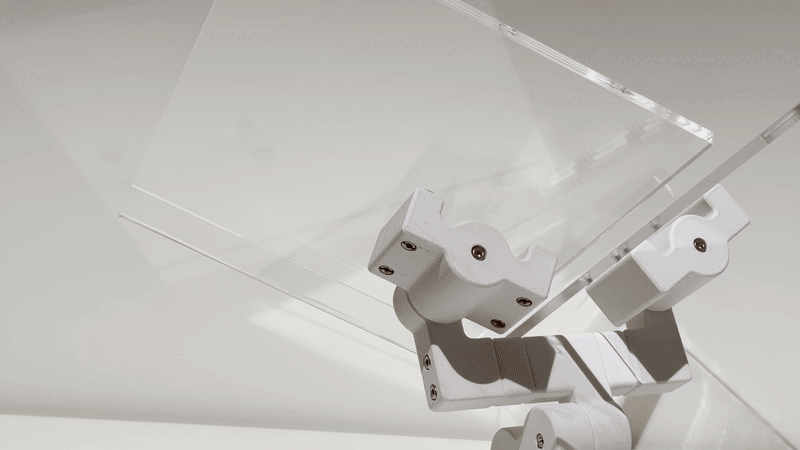
Cradle Swivel Mechanism
This feature enables the user to adjust the swivel angle of the book cradle for optimal positioning.
Phase One
Phase one centered on testing functionalities to achieve a practical design. This included building the book cradle to verify angles, adjusting mechanism heights to find the best fit, and evaluating swivel mechanisms to assess necessary customisations.
Phase Two
In phase two, the focus is on reducing the design’s form factor. The variable width mechanism was changed from a parallel to a perpendicular design, improving stability. Alternative materials are being explored, with a shift from ABS to PETG planned for the next iteration.
Phase Three
Bulky knobs were replaced with M3 bolts, cutting the design’s volume to one-fourth of the previous version. The cradle’s stand was redesigned to have four contact points instead of a full base.
Phase Four
M4 bolts were used instead of M3, addressing feedback about joint torsion when a book is placed on the cradle. Alignment slots were added to the 3D-printed parts to prevent sliding or torsion under heavier loads, improving overall stability.